Mark Deutschmann cares about Nashville. That much is obvious to anyone who has known the Village Real Estate founder a long time, or has just met him through the course of their day. In Nashville real estate since the late 1980s, the trained zoologist actually used to work with killer whales in British Columbia before moving into a house on 20th Avenue South and getting involved with the Streetscape Committee of Hillsboro Village. 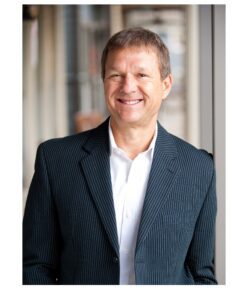
“The neighborhood was not what it is at this point. Yet, you knew that it was a great neighborhood for people who lived and worked around Vanderbilt, and it was quite a nice neighborhood for people who worked in and around Music Row, so you got the academics and you got the creatives,” he says.
Helping to organize the merchants into a true neighborhood commercial center, Deutschmann got his license and began selling real estate within a one-mile radius of Hillsboro Village, including Belmont and West End. He founded Village Real Estate Services in 1996, and Core Development Services in 2003. And in the fall of 2017 Deutschmann’s book One Mile Radius: Building Community From The Core, was published, where he shares how he created a positive impact on Nashville, and his belief that it takes a village to build a community.
Deutschmann sat down with Nashville Interiors to talk about his new book, the importance of building up a community’s core, and his commitment to The Village Fund, his non-profit foundation which receives all proceeds from his book, and to which he has contributed more than $1 million to date.
Tell us about the book, One Mile Radius.
I had been writing it for a couple of years. Basically it’s the story about Nashville’s emerging neighborhoods over 30 years from a real estate professional’s experience. I have touched and worked in a lot of different urban neighborhoods throughout my career, and I felt like I had some story to tell about it. That, in conjunction with starting Village Real Estate and Core Development Services, and some of the community work that I’ve done, tied it together for me that it made sense to write a book. And the profits go to the Village Fund.
That sense of community walkability, that’s really been your focus since you started.
We had it back in the 50s and 60s and 70s downtown. We used to have quite the retail district in the urban core, and then we shifted and became the central business district, and we eliminated the opportunity for new housing. We eliminated the life on the streets on the weekends. Because you were losing the rooftops downtown, you also lost the retail. The old department stores moved out of town and moved out to the malls. Then you have a central business district with 50,000 workers but really nothing else that drew people into the downtown. That was maybe the era of urban flight.
The car-centric economy allowed people to go explore the great suburbs and move out of the cities, so the corridors became the way for cars to get out, and that meant people weren’t stopping and walking in our neighborhood commercial districts anymore, and so they faltered and failed. The city just changed as a result of the automobile, and as a result of some of our policies in the core. Some of the neighborhoods became shells of what they were.
Which neighborhoods have evolved with this community development?
In the late 80s in 12South I could see immediately that the five houses around me were all boarded up. You had some old guard like Becker’s Bakery and some businesses were there, but there was probably 50 percent vacancy on the street. I felt like “Wow, if you could only come back in and create a viable neighborhood district, just think what it might do to this neighborhood?”
We got MDHA involved in 1994, and they helped us create a merchants association and helped think through the needs of the merchants, which were safety, lighting, slowing down the traffic, trying to fill up the gaps in the businesses; find merchants who actually cared. At the same time, I formed a little partnership to start buying some of the real estate, doing facelifts, and then trying to find the merchants who would buy the properties from us to come be there.
I think that’s where I really saw how some focused input in a neighborhood commercial district actually impacted the wider one-mile radius to a great degree, and so we moved over to Germantown, and we got involved in the Werthan project. You can start doing that kind of formulaic look at a neighborhood through the lens of, what does it have right now, what does it need, who are the players, what are some of the unique elements that you’d like to see in the new version of what that might be.
Is it surprising how fast these neighborhoods have become communities?
I would say it is speeding up to some degree. I think it took a lot longer for Nashville to embrace the urban neighborhoods, and then it took a disasters like the tornado in East Nashville to come in and rip through the neighborhood and cause everybody to take a look at the fabric and really come back and reconstruct it the way that creates what East Nashville is today, which is an uber-walkable series of neighborhoods that is dynamic and exciting. That took a long, long time.
Even Hillsboro Village took a long time, 12th South took a long time. I think what’s happening is that Nashville’s on the radar and we’ve done enough with our neighborhood commercial districts. We’ve done enough with our greenway system. We’ve put in some beautiful urban parks. We’ve done enough to let people see that we’re a city on the move, and so it just speeds everything up. It’s millennials and seniors alike looking for the same thing. They’re looking for community and they’re looking for walkable interaction with services that are near where they live.
Are the city’s sidewalks improving?
It’s a mix. You’ve got the whole urban greenway, but then you tie that together with complete streets and then the new distinct biking lanes that are happening. Greenways are more than just a trail. They’re transportation. They’re a piece of the transportation system and the combination of the urban greenway system and complete streets means that people have commuter access to their jobs and to different neighborhoods that they love to visit. It’s much better if you’re accessible by foot and by bike, your business is proven to be more successful. People return more often and they spend more money. They stay longer.
Why is this kind of development in the urban core so important?
We as humans are most efficient and more sustainable living in urban communities, and if we can come together and figure out a way to live in walkable, bikeable, urban districts, it’s going to be healthier than the continued sprawl, just continuing to take all the farmland, and pollute every stream and every valley. I do think that it’s great for cities to be a good core and to draw humans together, and it is true that humans are moving back to the cities in droves all across the world.
Looking at examples of good development practice and smart growth in places where we’ve done well as communities, well, maybe that’s helpful for some others that are not at the same level as Nashville at this point. We’re a fast-growing but small city, and there’s a lot of other urban cores in and around the United States that would envy our growth at this point.
What is the Village Fund?
When I started Village in 1996 I was involved in a group of businesses that were committed to a sustainable society. Groups like Ben & Jerry’s, and Stonyfield Yogurt, and the Body Shop. These owners were using businesses as a tool for change, and there were about 400 of them. I had been going to these conferences and selling real estate, thinking, “Wow, what can I do to create a socially responsive real estate company?”
So I started Village. I put 5 percent of the ownership into a nonprofit, and so throughout its history, it’s been giving a share of the earnings back into the Village Fund. The Village Fund has become a great tool for working to help us support the homes and the neighbors and the community that we serve. Our agents contribute per transaction to the fund. Some of our vendors also contribute to the fund. When I started Village in 1996, it was just myself and two agents. What we gave back was tiny. Now it’s gotten more robust as we’ve grown to 300-350 agents and staff. With them giving and with what the company’s doing, we should hit $2 million this year.
It’s become a nice tool to give to things like youth enrichment, the arts, affordable housing, urban environmental issues, youth enrichment programs. There’s a lot of good things that we can do with a fund that’s committed to doing the kind of work in the urban core that we believe in.
GO SEE
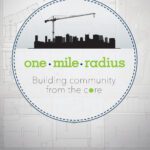 Mark Deutschmann will be giving a book talk at Parnassus Books, 3900 Hillsboro Road, on Sunday, February 18 at 2 p.m., where he will be signing copies of One Mile Radius.
Mark Deutschmann will be giving a book talk at Parnassus Books, 3900 Hillsboro Road, on Sunday, February 18 at 2 p.m., where he will be signing copies of One Mile Radius.
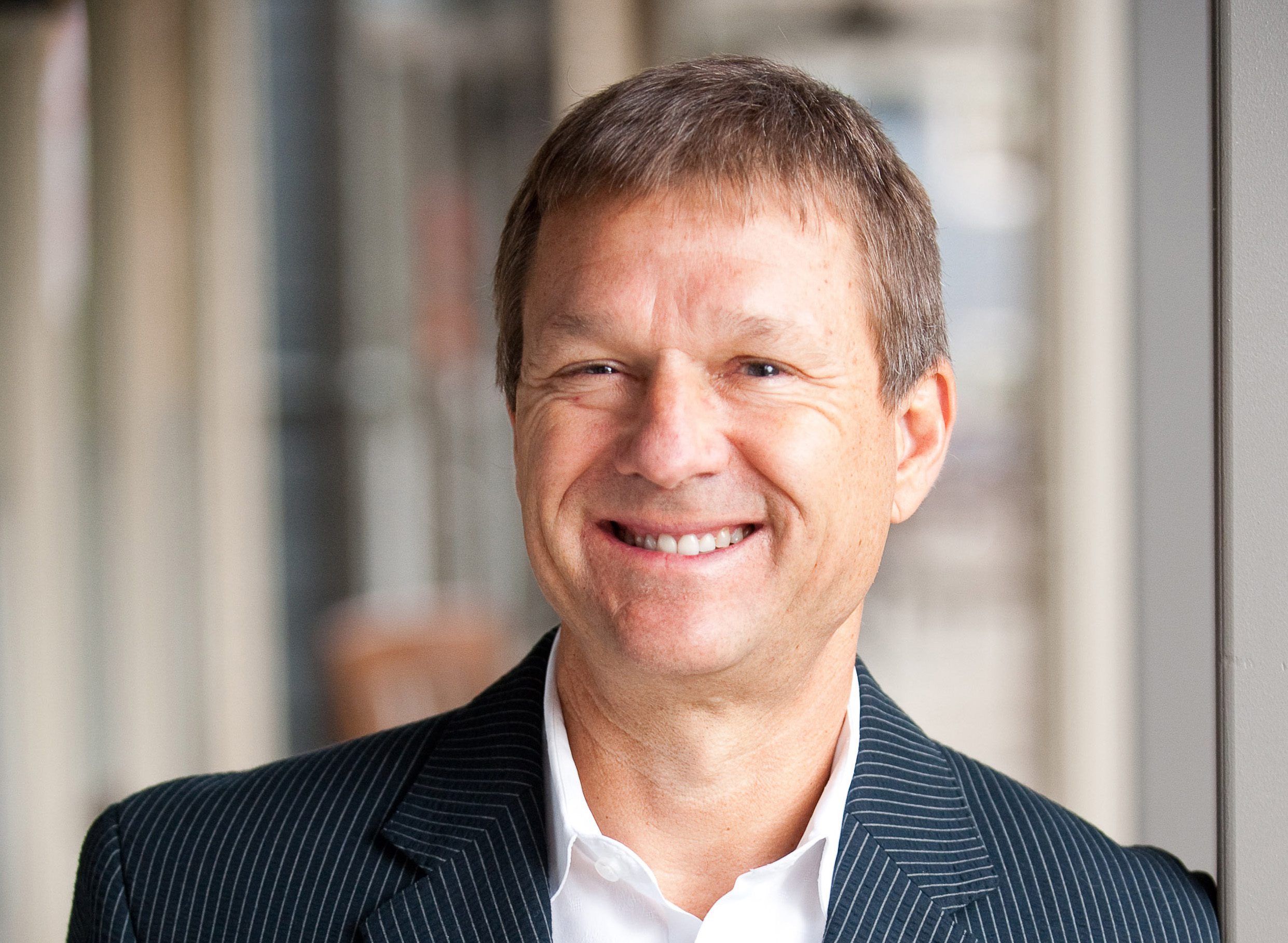
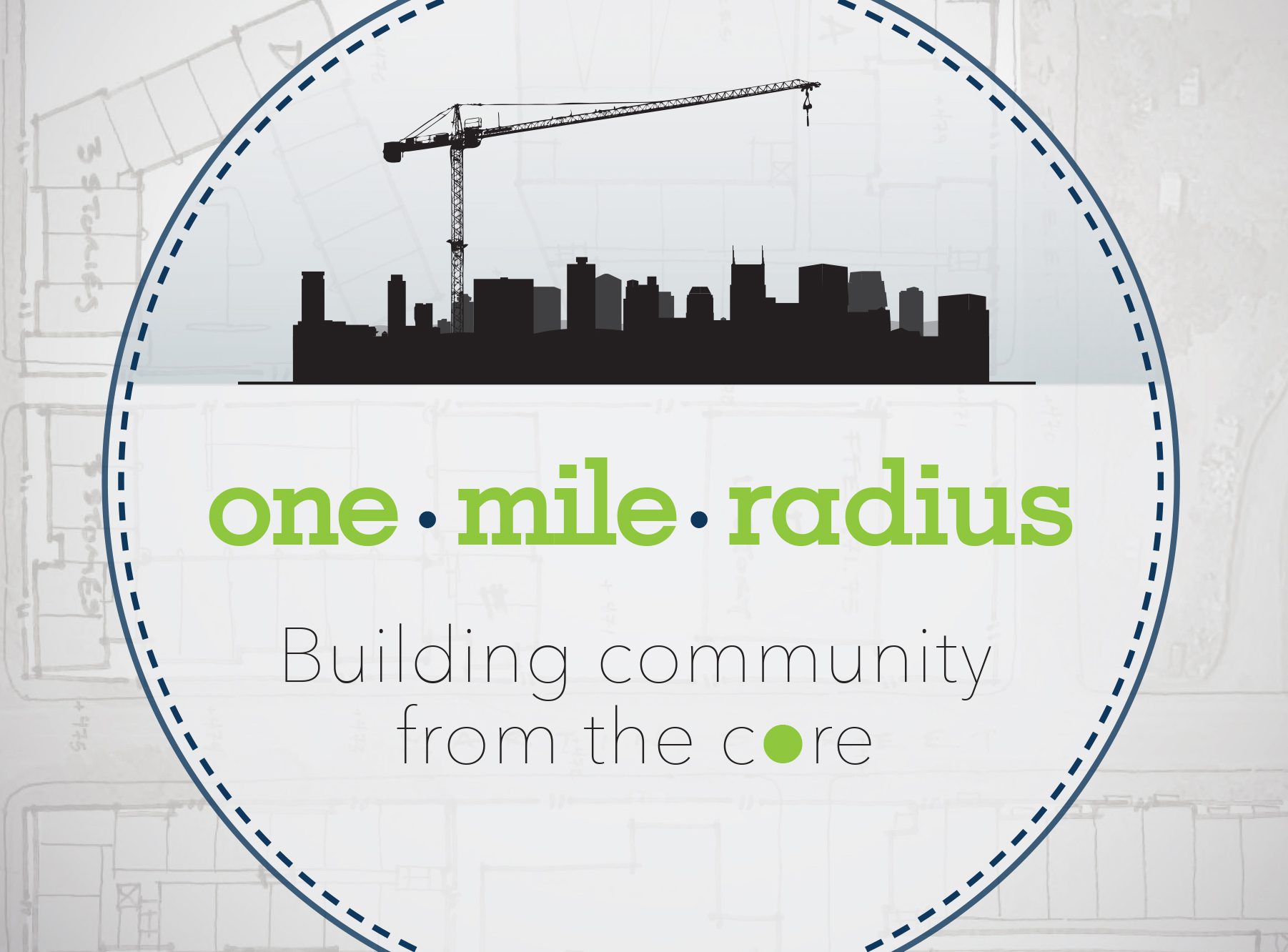
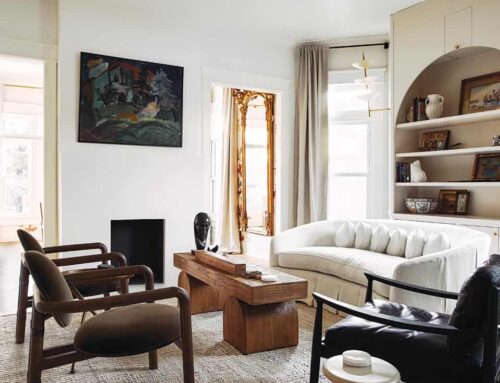
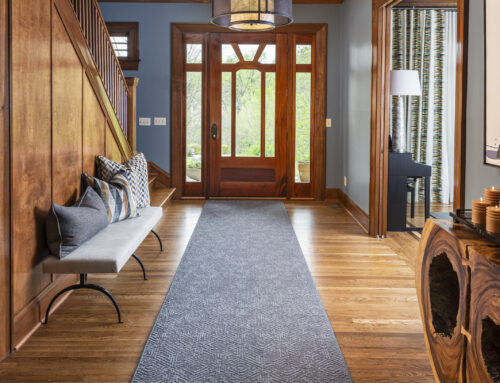
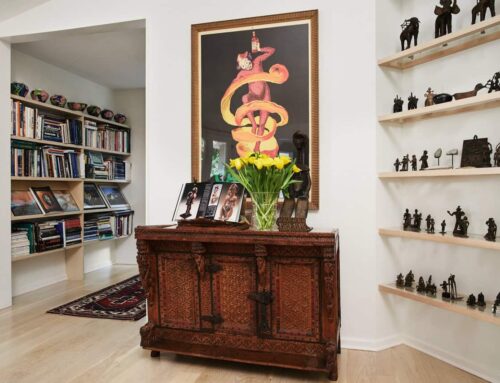

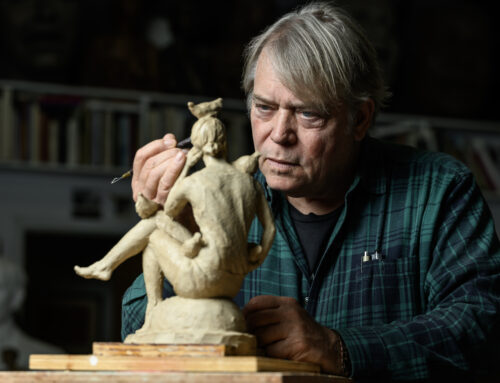
Leave A Comment
You must be logged in to post a comment.